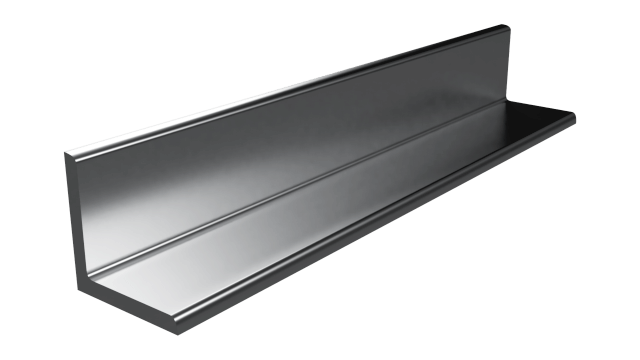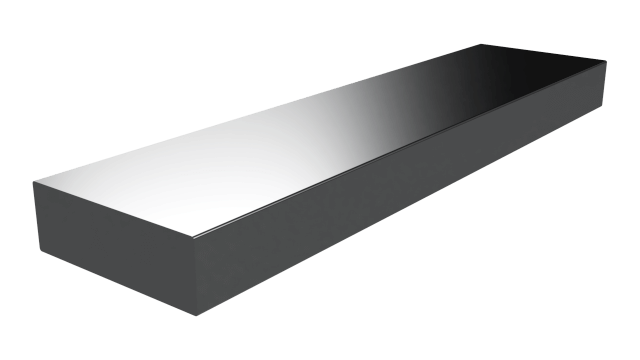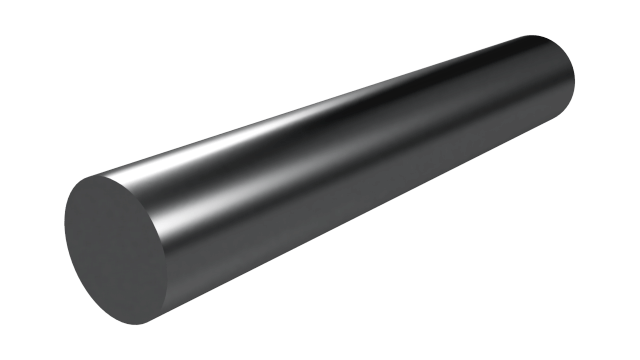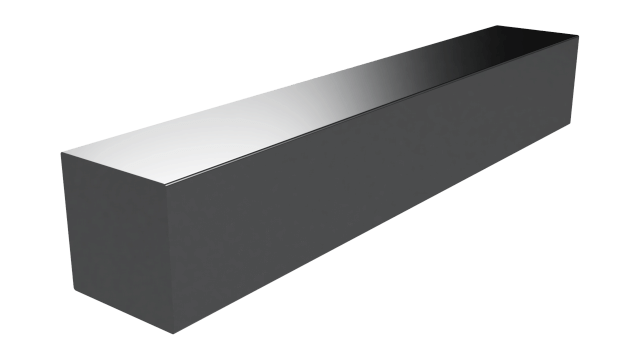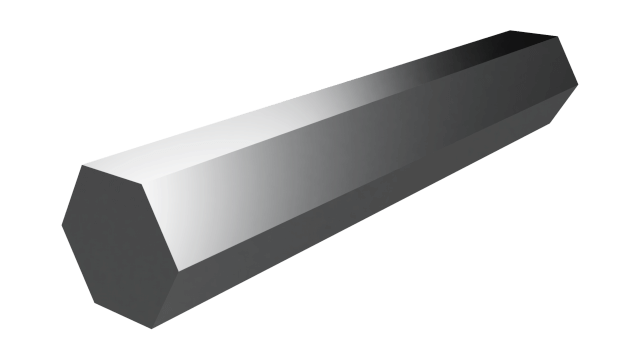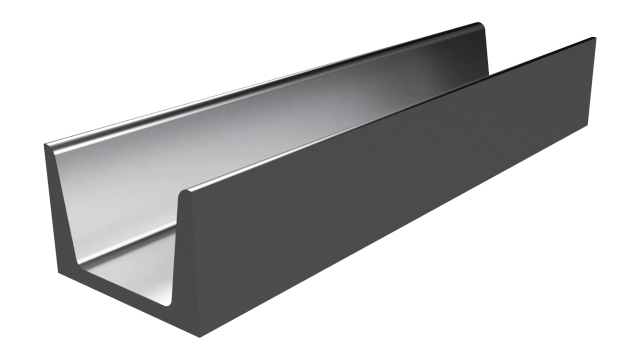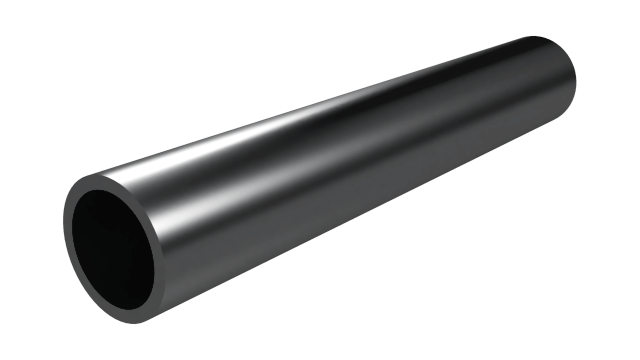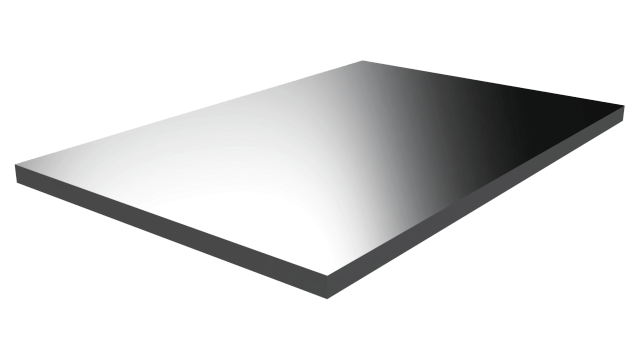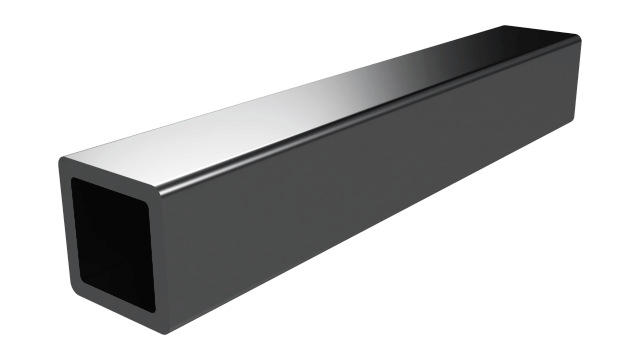Carbon Steel
Carbon steel, an alloy formed by the fusion of iron and carbon, has served as the cornerstone of industry and infrastructure for centuries. Its remarkable robustness, cost-effectiveness, and adaptability have established it as a fundamental material across an array of applications, spanning from construction and manufacturing to transportation and beyond. Let's delve into the realm of carbon steel and examine why it remains a potent driving force in contemporary engineering and progress.
The hallmark characteristic of carbon steel lies in its carbon content, typically ranging from 0.05% to 2.0%. This seemingly minor addition of carbon significantly transforms the properties of pure iron, yielding a substance that is both tenacious and pliable. Diverse carbon content leads to distinct types of carbon steel, each endowed with specific attributes suitable for particular applications.
An eminent strength of carbon steel lies in its exceptional robustness. Depending on the carbon concentration and manufacturing technique, carbon steel can achieve a wide spectrum of tensile strengths, rendering it apt for heavyweight industrial machinery and lightweight consumer goods alike. Its capacity to bear substantial loads and resist deformation under pressure positions it as a premier choice in construction, lending durability to structures, bridges, and infrastructure necessitating enduring endurance.
Furthermore, carbon steel stands as a notably cost-effective material. Its wide availability, coupled with relatively modest production expenses, renders it an economical alternative for both manufacturers and construction enterprises. The affordability of carbon steel facilitates mass production of consumer commodities and ensures that construction undertakings can maintain fiscal prudence without compromising on quality.
Another pivotal attribute of carbon steel is its workability. Carbon steel can be conveniently manipulated through an array of processes, encompassing forging, cutting, and welding. This pliability empowers manufacturers to craft an extensive variety of forms and dimensions, facilitating the production of intricate and tailored components across diverse industries. The ease of machining establishes carbon steel as an indispensable resource for fabricating everything from diminutive consumer items to expansive industrial machinery.
While carbon steel's durability stands as a remarkable advantage, it can be susceptible to corrosion in the absence of proper safeguards. To counteract this vulnerability, carbon steel can be coated with protective layers or alloys to augment its resistance against rust and other corrosive forces. This treatment qualifies it for exterior applications and settings marked by elevated moisture levels, ensuring its robustness and prolonged life span.
Additionally, carbon steel assumes a pivotal role within the transportation sector. Its formidable strength and enduring nature render it an essential constituent in the manufacturing of automobiles, railway tracks, ships, and aircraft. From the chassis and engine components of automobiles to the infrastructure of railways and maritime vessels, carbon steel bestows the indispensable structural integrity needed to endure the rigors of transportation.
In recent times, carbon steel has garnered recognition for its sustainability. Diverging from certain other metals, carbon steel is entirely recyclable. The recycling process not only diminishes the necessity for fresh raw materials but also consumes less energy in contrast to primary steel production. As the world gravitates towards more sustainable practices, the recyclability of carbon steel positions it as an eco-friendlier and environmentally conscious material selection.
In conclusion, carbon steel steadfastly upholds its role as the backbone of industry and infrastructure, delivering exceptional resilience, economic viability, and adaptability. Its widespread utilization in construction, manufacturing, and transportation exemplifies its significance in contemporary engineering and advancement. With the progression of technology and the accentuation of sustainability, the versatility and recyclability of carbon steel are destined to ensure its lasting relevance in shaping a more robust and sustainable future.
